Category
Bacterial fire blight of apple – Erwinia amylovora
Fire Blight of Apple – A Serious Threat to Orchards
Fire blight is one of the most destructive and dangerous bacterial diseases affecting apple orchards. Biologically, it has the potential to wipe out entire plantations, while economically it can cause severe losses. The disease is caused by the bacterium Erwinia amylovora. The term “blight” refers to the typical symptoms: leaves and fruit turning brown or black, appearing as if scorched by fire.
Disease Transmission
The pathogen spreads through bees, other insects, birds, rain, wind, contaminated tools, and even human hands. Damaged plant tissue is highly susceptible to infection. Hailstorms, for instance, can trigger an outbreak across an entire orchard within minutes. Producers must not delay action and should apply preventive measures within hours after rainfall.
Once the bacteria reach a suitable entry point—typically through open stomata—they invade the plant and cause dark necrotic lesions, often releasing a sticky exudate. This bacterial ooze can be transferred by vectors to other parts of the same plant or to neighboring plants, causing secondary infections.
Erwinia amylovora thrives under warm and humid conditions and goes dormant during winter. However, infected tissue still harbors bacteria, which can resume activity and exudate production when favorable spring conditions return. From the infection site, the bacteria travel through the plant’s vascular system, often reaching the roots. Infected root systems frequently result in plant wilting.
Bacterial colonization of the flower’s stigma is temperature-dependent:
-
Slow growth: below 21.1°C
-
Moderate growth: 21.1–23.8°C
-
Rapid growth: 23.8–35°C
-
Optimal range: 27.7–32.2°C
-
No growth: above 35°C
-
Population decline: above 37.2°C
CougarBlight Infection Model in PinovaSoft
To effectively manage this devastating disease, the CougarBlight infection model is integrated into the PinovaSoft application (used with the Pinova Meteo weather station). It is a vital tool in disease prediction and timely intervention.
Core components of the model:
-
Fire blight history in and around the orchard
-
Flower lifecycle and bacterial population growth
-
Bacterial growth rate
-
Flower wetness as an infection trigger
Erwinia amylovora History – Risk Scenarios
Risk thresholds are based on prior occurrences of fire blight. Growers must select one of three scenarios:
-
No infection in or near the orchard last year
-
Infection nearby last year
-
Infection within the orchard last year
| Risk Level | Scenario 1 | Scenario 2 | Scenario 3 |
|---|---|---|---|
| Low | 0–150 | 0–100 | — |
| Caution | 150–500 | 100–200 | 0–100 |
| High | 500–800 | 200–350 | 100–200 |
| Extreme | 800–1000 | 350–500 | 200–300 |
| Exceptional | >1000 | >500 | >301 |
Note: There is no “Low Risk” threshold once an orchard has been infected.
Risk Category Terminology:
-
Low Risk – Wetting under these temperatures historically has not led to infection (except for blossoms near known infection sources).
-
Caution – Infection unlikely, but watch weather forecasts closely. If not using antibiotics, consider protecting flowers with alternative materials 3–4 days before reaching high-risk conditions.
-
High Risk – Infections are common at these temperatures, especially later in bloom and during petal fall.
-
Extreme/Exceptional – Most severe outbreaks occur under optimal temperature conditions followed by flower wetness.
Flower Lifecycle and Bacterial Colonization
A flower is considered susceptible for four days after opening, extended to five days for pears. Wetting for at least 2 hours activates the risk calculation window for all those days. Research suggests flowers may remain susceptible for up to 6–8 days, but the model focuses on the most critical 4–5 day period.
Bacterial Growth Rate
Once Erwinia amylovora reaches the flower, it must multiply to a threshold population (typically ≥100,000–1,000,000 cells) to cause infection. Temperature strongly affects this process:
-
Slow growth: 15–21°C
-
Moderate growth: 21–24°C
-
Rapid growth: 24–33°C
-
Optimal population growth: 28–32°C
-
Sharp decline: >35°C
-
No growth: >37°C
Moisture as an Infection Trigger
Infection risk significantly increases when flowers remain wet for 2 hours or more, regardless of the source (rain, dew, mist, irrigation, etc.). Whether infection actually occurs depends on blossom presence and E. amylovora contamination.
Fire Blight Prevention and Control
While Pinova Meteo offers a forecasting system, prevention remains the most effective control strategy. Integrated fire blight management combines:
-
Horticultural practices to reduce tree susceptibility
-
Reduction of inoculum sources in the orchard
-
Well-timed protective sprays guided by weather-based infection models
Horticultural Practices
Avoid highly susceptible cultivars such as: Crispin, Fuji, Gala, Idared, Jonathan, Monroe, Paulared, Rhode Island Greening, Rome Beauty, 20 Ounce, Wayne (source: USA). Susceptible rootstocks (e.g., M-9, Mark, M-26) combined with these cultivars form high-risk combinations.
Fire blight shoot infections are common during vigorous growth; therefore, pruning and nitrogen management are used to suppress excessive shoot development. Removal of infected shoots in early summer helps slow disease spread. Prune at least 20–30 cm below visible symptoms and disinfect tools with 70% alcohol or bleach between cuts.
Inoculum Reduction
During dormancy, prune infected wood and apply copper-based bactericides at green tip stage. Monitor for orange-colored shoots indicating infection and remove them post-petal fall. Early and rigorous pruning is essential for summer control.
Bactericide Spraying
Most severe epidemics begin with blossom infections. Some antibiotics, under regulated use, protect against infections if applied shortly before or after risk periods. Forecasting systems like CougarBlight help time these treatments.
Critical elements for infection:
-
Accumulation of thermal units during bloom
-
Wetting event to move bacteria to infection sites
Therefore, apply bactericides before rainfall if infection threshold has been reached. Routine antibiotic spraying during summer is discouraged, except after hail damage to protect open wounds.
In cases of widespread infection, the most effective eradication is orchard removal and burning, though this is only considered in extreme cases.
Read more about Apple scab
Other products
-
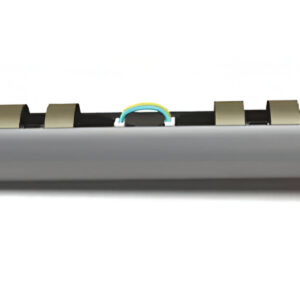
Hydrascout soil moisture probe
Hydrascout – Precizno praćenje vlage tla na više dubina Hydrascout sonda pru...
-
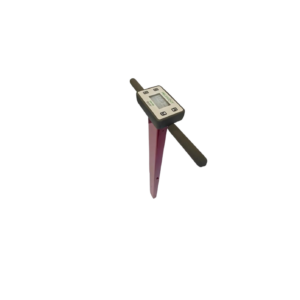
Mobile Soil Moisture Sensor – TDR 350 FieldScout
FieldScout TDR 350 je napredni mobilni senzor vlage tla koji omogućuje precizno...
-
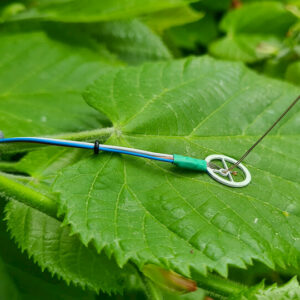
Other Ecomatik sensors
LAT-B3: Broadleaf Temperature and Air Sensor Our LAT-B3 sensor provides direct, ...
-
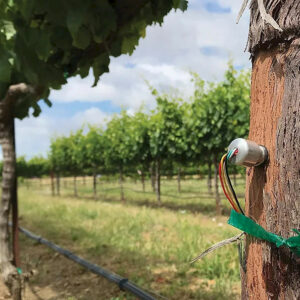
Plant water potential sensor
🌿 Plant Water Potential Sensor – FloraPulse Microtensiometer The FloraP...
-
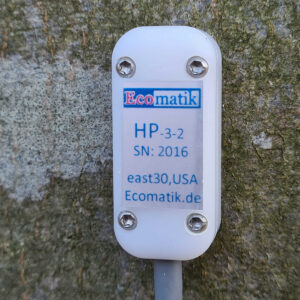
Sap flow sensors
🌿 Sap Flow Sensors – Accurate Monitoring of Liquid Flow in Trees The pr...
-
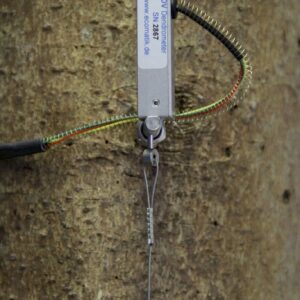
Dendrometer for measuring vertical changes – DV
The DV dendrometer is designed for precise and continuous measurement of vertica...
-
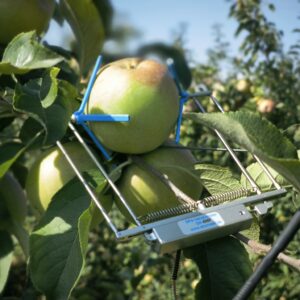
Dendrometer for fruits and vegetables – DF
DF series dendrometers are designed for precise and continuous measurement of fr...
-
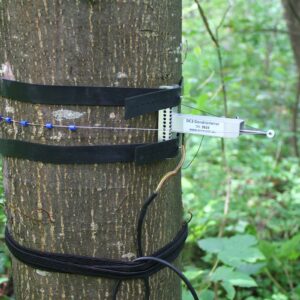
Dendrometer for measuring the circumference – DC
DC series dendrometers are designed for precise and continuous measurement of ch...
-
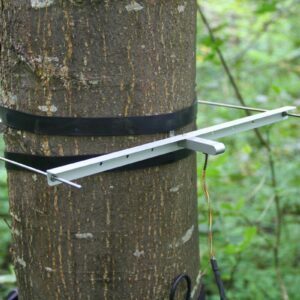
Dendrometer for measuring larger diameters – DD-L
DD-L dendrometers are devices designed for continuous and highly accurate measur...
-
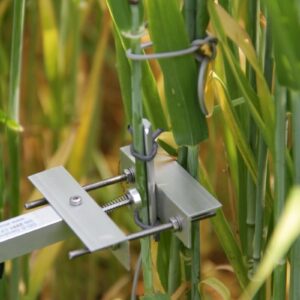
Dendrometer for measuring smaller diameters – DD-S
Dendrometer for Measuring Smaller Diameters – DD-S The DD-S series dendrometer...
-
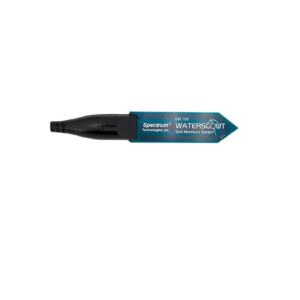
Soil moisture sensor (SM100)
The SM100 volumetric soil moisture sensor determines soil moisture using two ele...
-
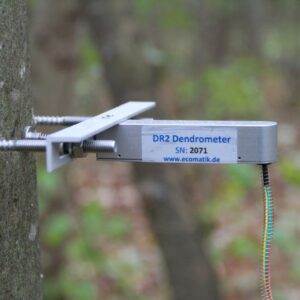
Dendrometer for radius measurement – DR
The DR series dendrometers are used for highly precise and continuous measuremen...






